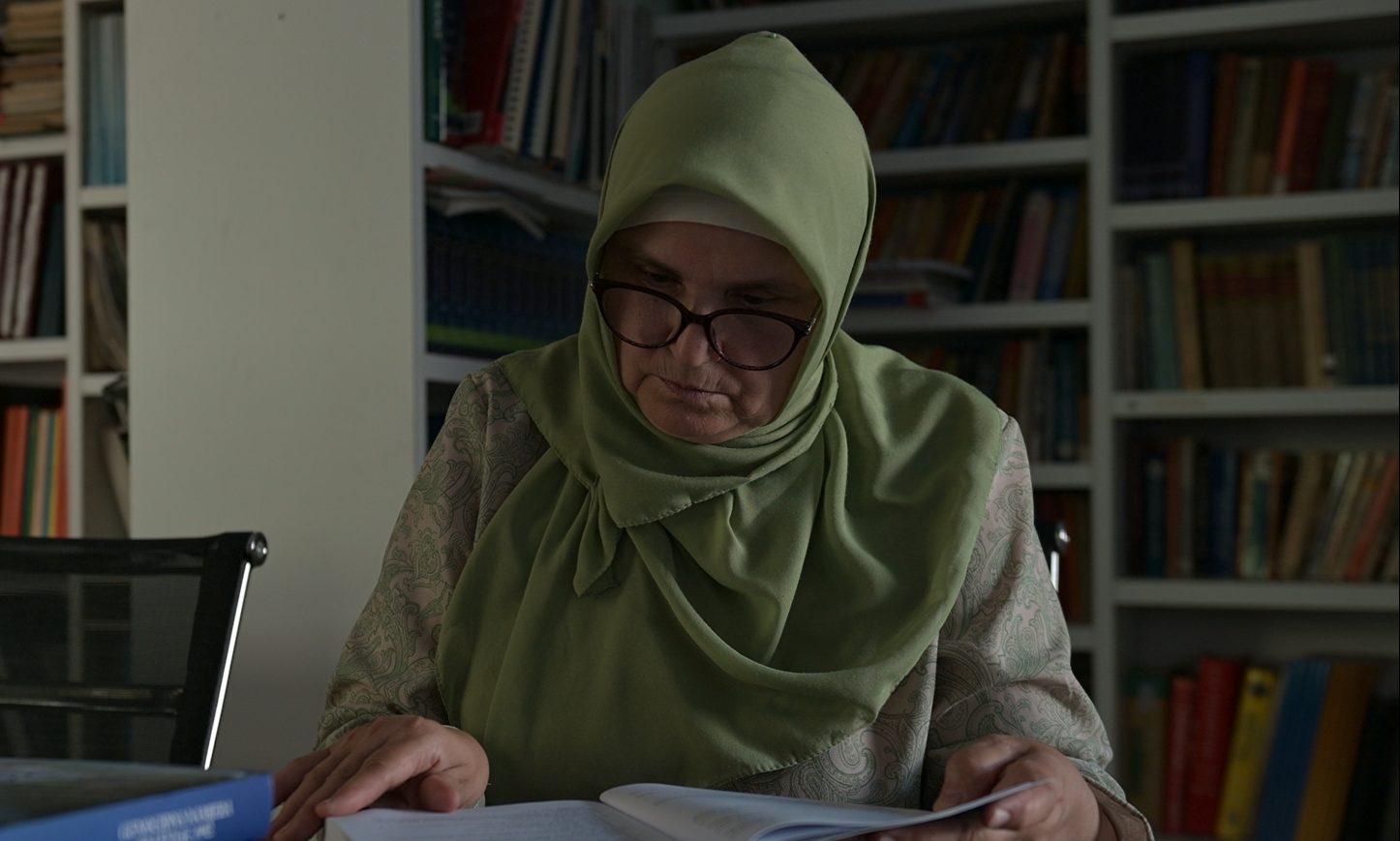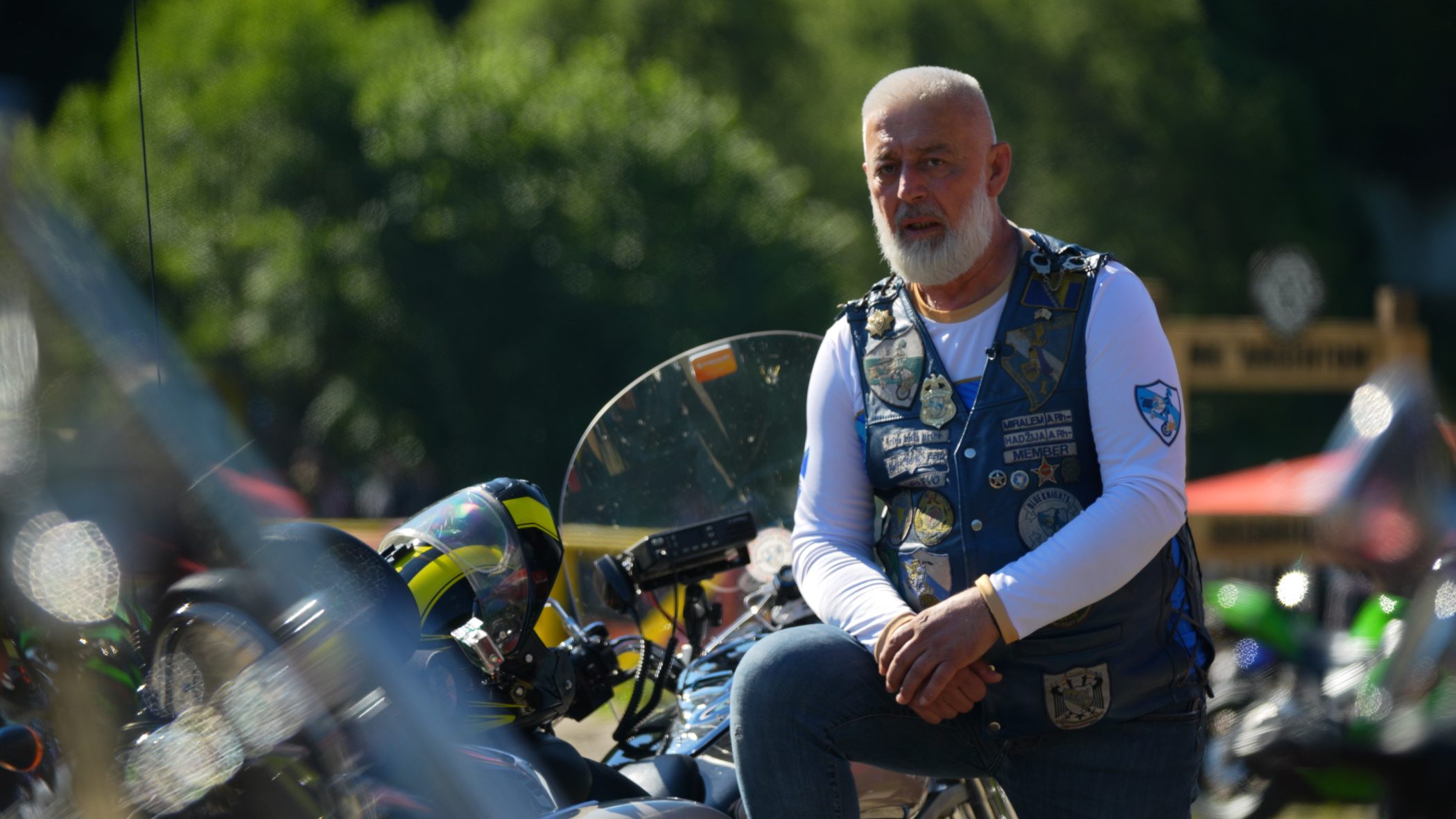This post is also available in: Bosnian
It’s the same with the three uncles she lost during the Srebrenica genocide.
“Some are missing a little , others a little more, my brother perhaps the most,” she said.
In 2008, some of his remains were found in a mass grave in Cancari near Zvornik. Thirteen years would pass before Salihovic would learn that several more bones and her brother’s shorts had been found.
Salihovic shares the fate of around a thousand people from Srebrenica who still haven’t found all the remains of their loved ones.
Around a hundred kilometres from Srebrenica, at the Podrinje Identification Project in the city of Tuzla, there are thousands of white bags and boxes containing the partial remains of genocide victims that have not yet been matched to people’s names.
They will soon be returned to the Srebrenica Memorial Centre, where a repository is being built to store the remains of genocide victims that cannot be identified, along with their personal effects and clothes, in a dignified and respectful environment.
Salihovic is comforted by the hope that the unidentified remains of her brother and uncles will finally have a resting place in Srebrenica.
“It would personally mean a lot to me if those missing parts find their way here. I think that there is no better place for them to be. When their remains are returned here, it is the same as if they had returned to the cemeteries at the Srebrenica Memorial Centre,” she said.
‘They can be close to the others’

Hague Tribunal verdicts established that more than 7,000 men and boys from Srebrenica were killed in July 1995. Their bodies were buried in several mass graves and then the remains were dug up again and reburied as Bosnian Serb forces attempted to cover up their crimes. In the process, bodies were broken up and parts of the same person were buried in different locations.
“What happened was very typical for the Srebrenica area and a large part of eastern Bosnia – the mixing of the remains, considering that in most cases it’s about relocated graves, once or twice, during which there was mixing and breaking-up of the remains. Our colleagues really encountered a forensic puzzle,” says Samira Krehic, the deputy head of the International Commission on Missing Persons, ICMP’s Western Balkans Programme.
With the help of the ICMP, around 7,000 victims have been identified so far. Most of them are buried at the Srebrenica Memorial Centre in the village of Potocari.
Krehic said that the Podrinje Identification Project in Tuzla was conceived as a facility for identification, but not for keeping unidentified remains for a longer period. In 2017, the ICMP proposed that remains that cannot be matched to names should be permanently stored in Srebrenica.
Associations representing the mothers of Srebrenica victims have backed the proposal.“We always wanted those unidentifiable bones to be where they belong – we say ‘a place that’s well-known’ – and that is the Srebrenica Memorial Centre, so at least they are close to those who are buried there,” said Suhra Sinanovic, head of the Zene Podrinja (Women of Podrinje) Association.
Sinanovic lost 23 family members in the genocide, including her husband Muriz.
“Even after 28 years, my husband is lying at the Srebrenica Memorial Centre, but to this day, his remains are not complete. But I assume that among these bones that are coming to Potocari, maybe there will be some of his as well,” she said.
The repository in Srebrenica should be built in the spring of 2024 in a large concrete hall within a former Battery Factory complex. The funds for its construction come from the Srebrenica Memorial Centre and USAID, through their ‘PRO-Future’ peace project, implemented by Catholic Relief Services.
Dzennana Memisevic-Panjeta from Catholic Relief Services, who is part of the project implementation team, said particular care was taken because the human remains are sensitive and “inadequate humidity, temperature or room lighting could destroy the last traces of someone’s existence forever”.
Apart from the permanent storage of unidentified victims’ remains and belongings, one of the goals of the project is to contribute to remembrance.
“Through this repository – that is, through these personal items and these remains – it will help visitors… to somehow connect with the victims, to try to imagine a life behind each and every one of those bones,” said Salihovic.
This article is the result of cooperation between USAID’s PRO-Future project and BIRN Bosnia and Herzegovina.

